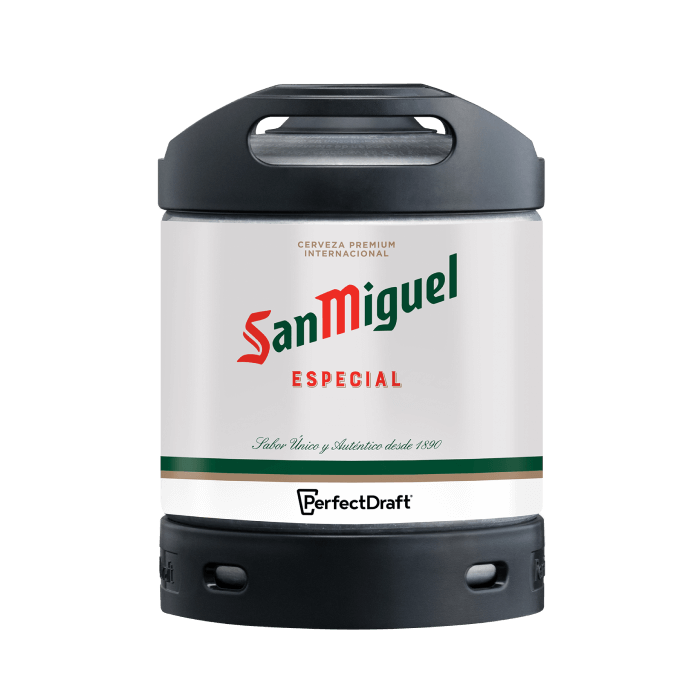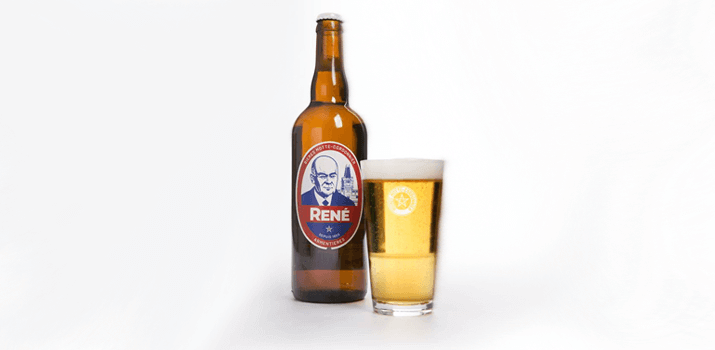
The number of pints in a keg of beer depends mainly on the size of the keg and the standard used to define a pint, which varies by country. In the USA, a pint is equal to 16 fluid ounces (473 milliliters), whereas in the United Kingdom, a pint is larger—20 fluid ounces (568 milliliters). Because of this difference, the number of pints a keg holds will change depending on the measurement system.
The most common keg size in the United States. is the half-barrel keg, which holds 15.5 gallons, or about 58.67 liters of beer. If you're pouring 16-ounce U.S. pints, this keg contains approximately 124 pints. If you were serving beer in smaller 12-ounce glasses (the size of a standard beer can or bottle), you’d get at about 165 servings.
In the U.K. and Europe, kegs are traditionally sized in liters. A standard European keg holds 50 liters of beer. When serving 20-ounce imperial pints, you’ll get approximately 88 pints from a 50-liter keg. If U.S.-sized pints were used instead, that same keg would yield roughly 106 pints.
Smaller keg options produce fewer pints. For example:
• A quarter-barrel keg (7.75 gallons) provides about 62 U.S. pints
• A sixth-barrel keg (5.16 gallons) gives around 41 U.S. pints
• A Cornelius keg (5 gallons) offers 40 U.S. pints
Realistically, a few pints may be lost due to foam, spillage, or over-pouring during service. Still, kegs remain one of the most economical and efficient ways to serve beers in bulk. Understanding pint yield helps when planning events or managing inventory in a pub or restaurant setting.
Read other articles : How much beer is in a keg ? and How much does a half barrel keg of beer weigh ?






